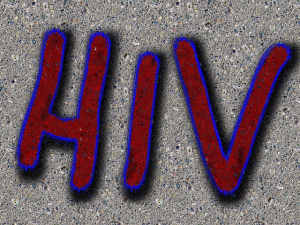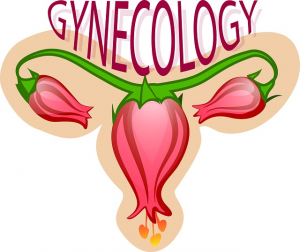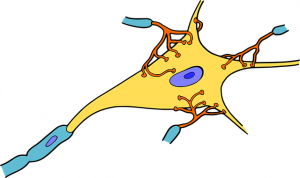
Researchers at the University of Arizona Cancer Center in Tucson have reported interesting findings with respect to selenium supplementation [Jacobs 2019]:
- Supplementation with 200 micrograms/day of a selenized yeast preparation for 2.9 years had no effect on insulin sensitivity or beta-cell function as compared with the placebo group.
- Further stratification of the data by sex and age showed no effect modification in response to the selenium supplementation.
The Take-Home Message from this Selenium Research
- The Arizona Cancer Center research does not support the idea of a major role for selenium in insulin sensitivity or beta-cell function.
- The University of Arizona researchers write that their results provide key information for clinicians to convey to patients in the USA about the use of selenized yeast dietary supplements.
The Selenium Supplementation Research Design
The researchers analyzed the data from a subset of 400 individuals who were participating in the Selenium Trial, a randomized, double-blind, placebo-controlled trial of the effect of selenium supplementation at 200 micrograms per day on colorectal adenomatous polyps [Jacobs 2019].
The data included the fasting plasma glucose and insulin measured both before randomization and within 6 months of completing the intervention.
The researchers compared changes in the homeostasis model assessment-beta cell function (HOMA2-%beta) and insulin sensitivity (HOMA2-%S) between the active selenium treatment group and the placebo control group.









